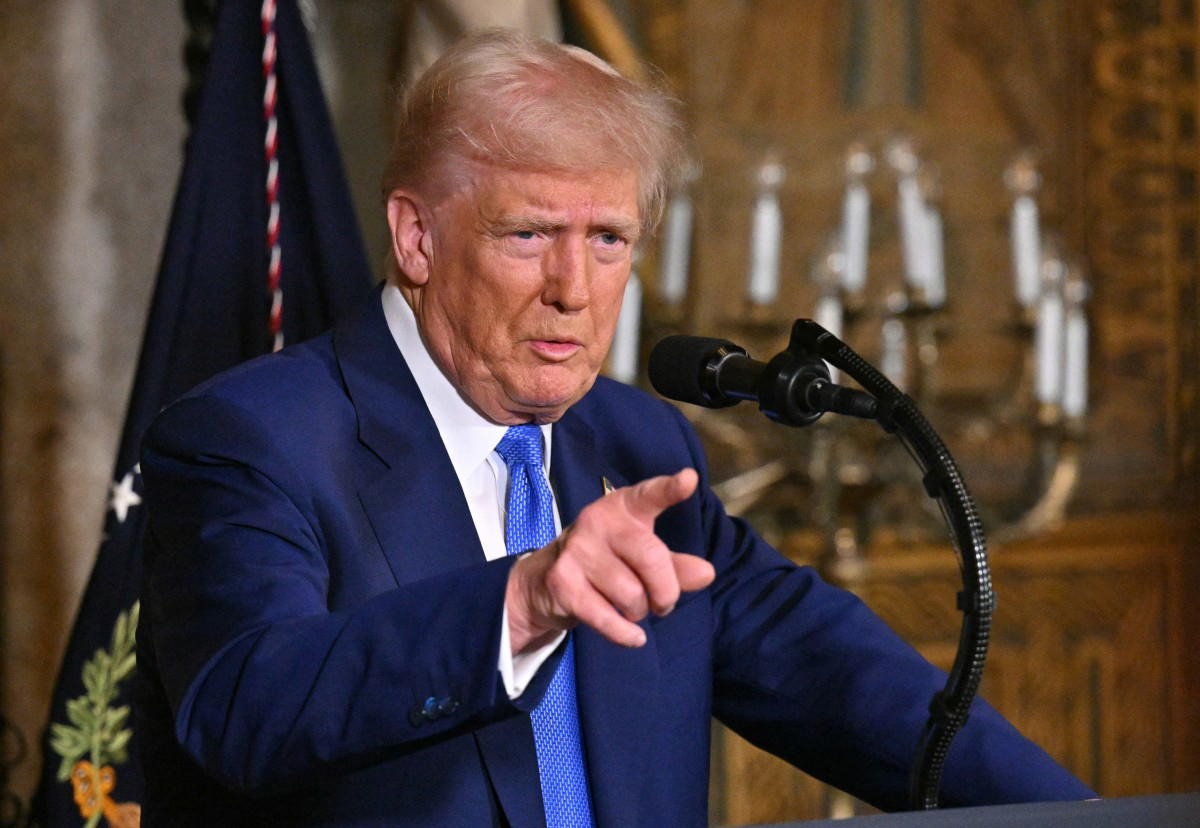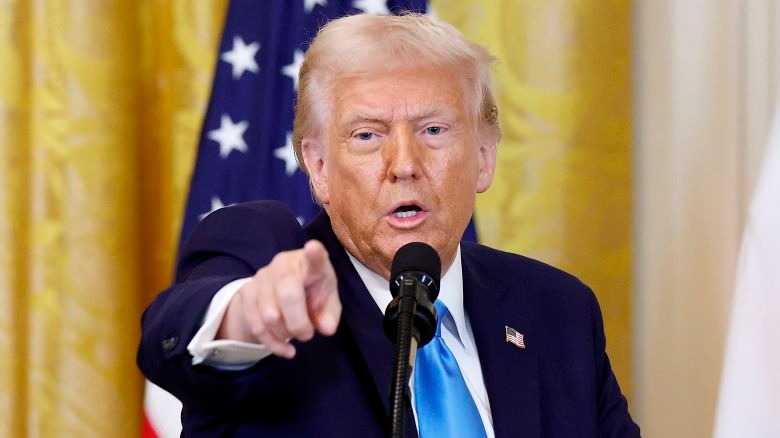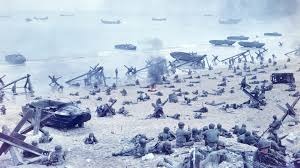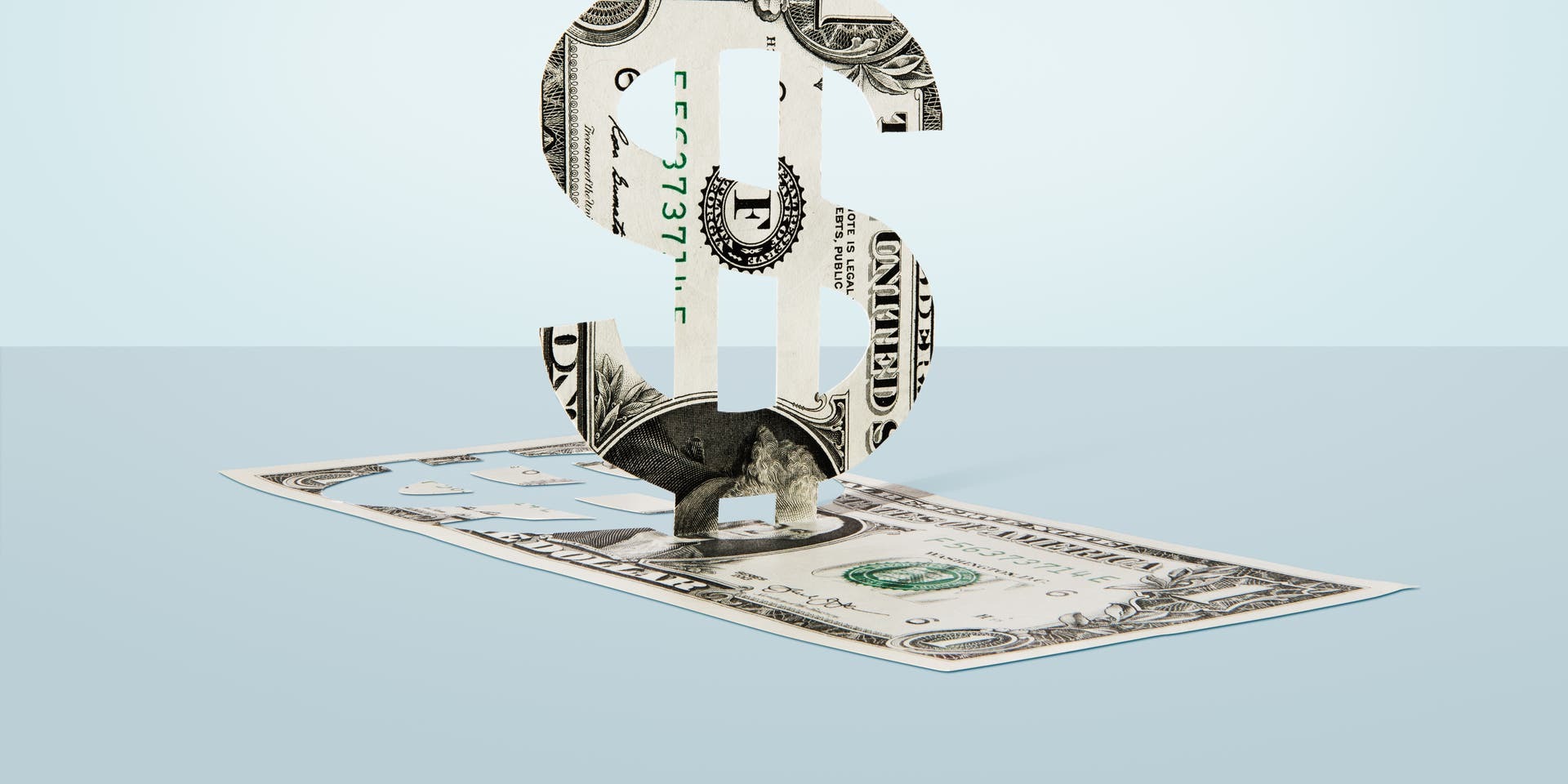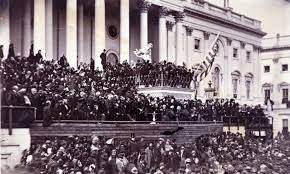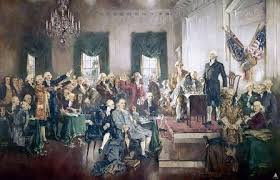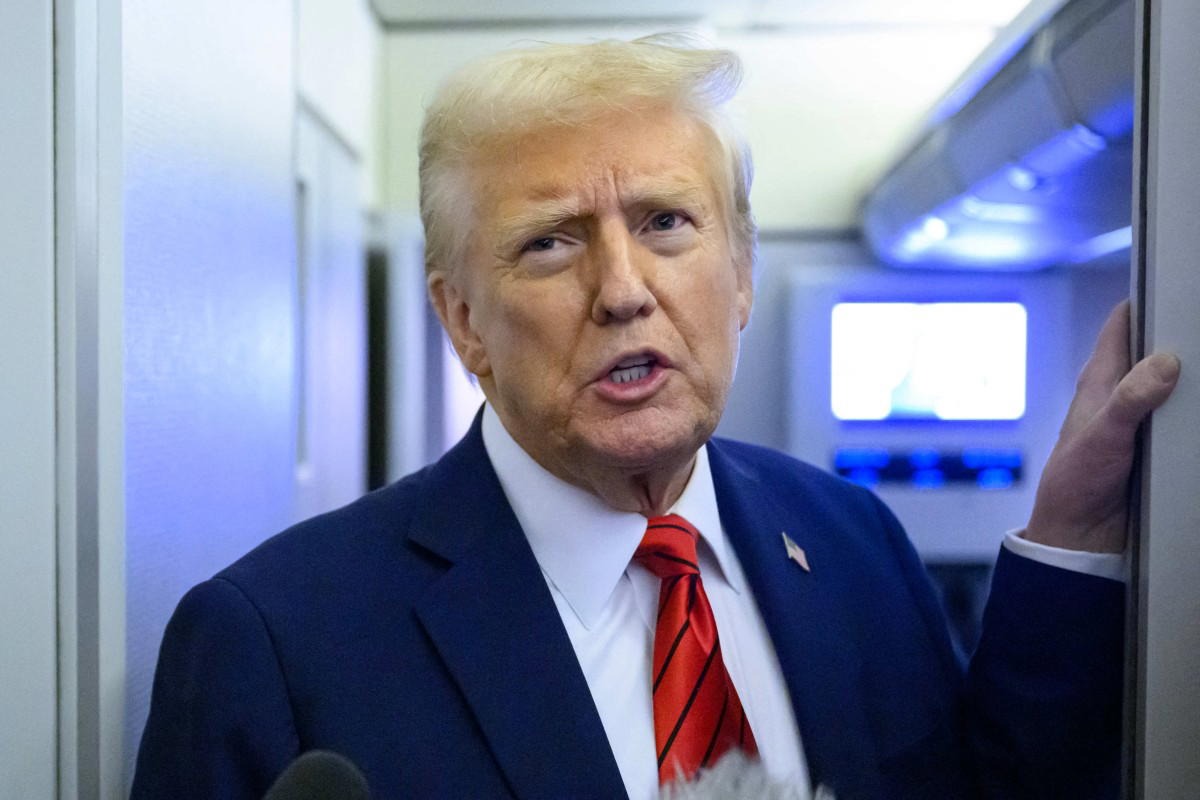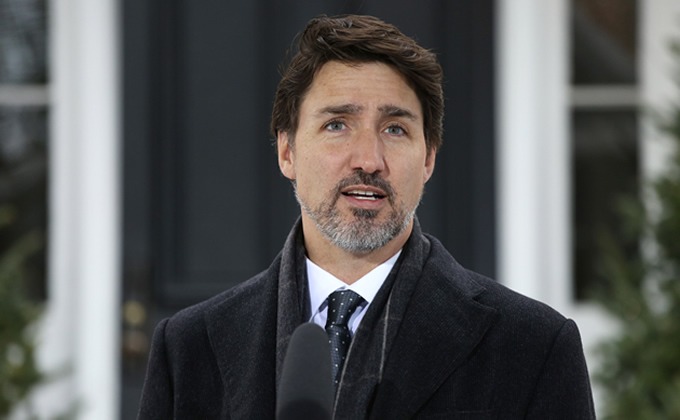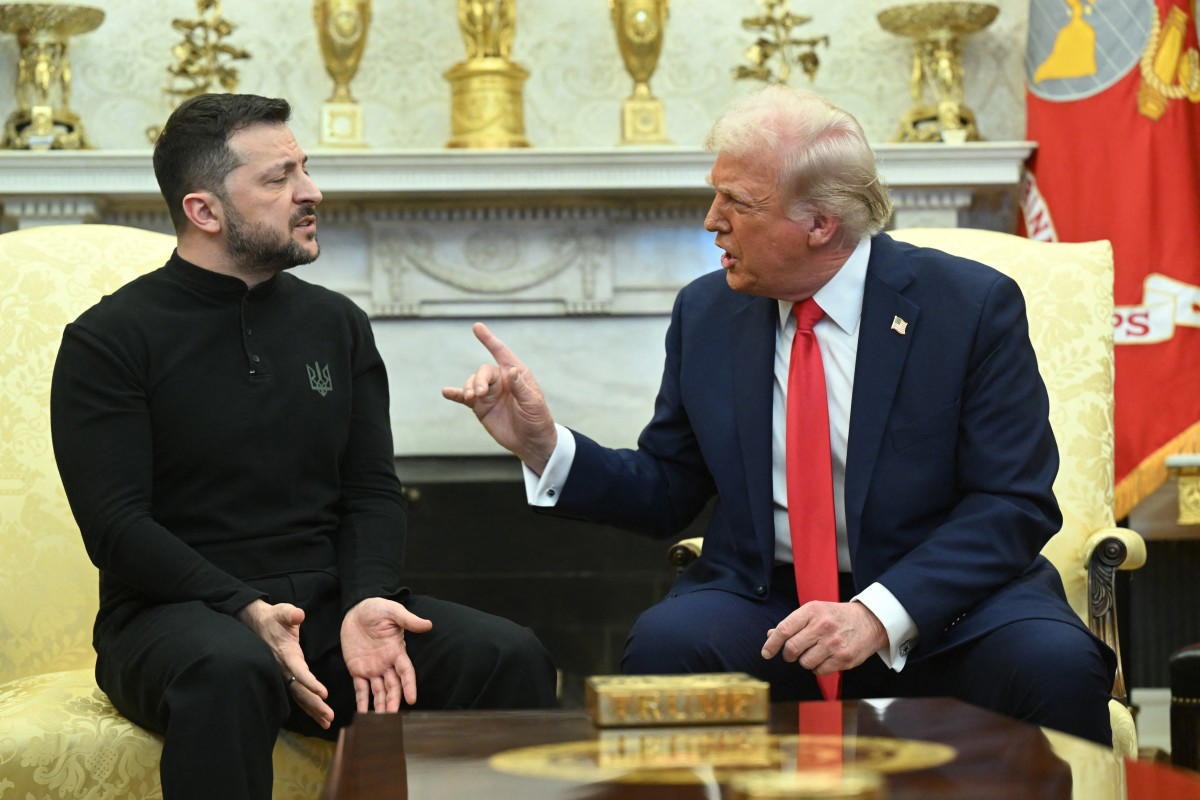US President Donald Trump on Wednesday threatened further destruction of Gaza if all remaining hostages are not released, and issued an ultimatum to Hamas leaders to flee.
Strongly backing Israel as a ceasefire teeters, Trump said he was “sending Israel everything it needs to finish the job” as his administration expedites billions of dollars in weapons.
“Release all of the Hostages now, not later, and immediately return all of the dead bodies of the people you murdered, or it is OVER for you,” he wrote on his Truth Social platform after meeting freed hostages.
“This is your last warning! For the leadership, now is the time to leave Gaza, while you still have a chance.”
Trump also made clear there would be repercussions for Gaza as a whole, where virtually the entire population has been displaced by Israel’s relentless military campaign in response to the October 7, 2023 attacks by Hamas.
“To the People of Gaza: A beautiful Future awaits, but not if you hold Hostages. If you do, you are DEAD!”
His comments follow Israeli Prime Minister Benjamin Netanyahu’s warning of “consequences that you cannot imagine” if Hamas does not hand over the remaining hostages seized in the October 7 attack.
The first phase of a ceasefire ended over the weekend after six weeks of relative calm that included exchanges of Israeli hostages for Palestinian prisoners held in Israeli jails.
While Israel has said it wants to extend the first phase until mid-April, Hamas has insisted on a transition to the second phase, which should lead to a permanent end to the war.
Israel has ramped up pressure not just with threats but also by halting the flow of goods and supplies into Gaza.
“Hamas has indeed suffered a severe blow, but it has not yet been defeated. The mission is not yet accomplished,” Israel’s new military chief Eyal Zamir warned Wednesday.
Also on Wednesday, France, Britain and Germany jointly called the humanitarian situation in Gaza “catastrophic,” and urged Israel to ensure the “unhindered” delivery of aid.
South Africa said Israel’s restriction of aid into Gaza amounted to using starvation as a weapon of war.
– Talks with Hamas –
Trump’s hawkish language came after the United States confirmed unprecedented direct talks with Hamas, with the US envoy on hostage affairs, Adam Boehler, discussing American hostages.
“Look, dialogue and talking to people around the world to do what’s in the best interest of the American people is something that the president” believes is right, White House Press Secretary Karoline Leavitt said.
The United States had refused direct contact with the Palestinian militants since banning them as a terrorist organization in 1997. But Leavitt said that the hostage envoy “has the authority to talk to anyone”.
Both the White House and Netanyahu’s office confirmed Israel was consulted in advance.
Five Americans are believed to remain among the hostages — four have been confirmed dead and one, Edan Alexander, is believed to be alive.
The Hamas assault resulted in the deaths of 1,218 people, most of them civilians, while Israel’s military retaliation in Gaza has killed at least 48,440 people, also mostly civilians, data from both sides show.
Of the 251 captives taken during Hamas’s attack, 58 remain in Gaza, including 34 the Israeli military has confirmed are dead.
In an interview on Wednesday night, US Secretary of State Marco Rubio urged Hamas to take seriously Trump’s threats of retaliation.
“He doesn’t say these things and not mean it, as folks are finding out around the world. If he says he’s going to do something, he’ll do it,” Rubio said.
– Doubts on Arab plan –
Trump has floated a proposal to take over the Gaza Strip and displace its people, an idea that has drawn wide condemnation around the world.
Arab leaders have sought support for an alternative plan that would finance Gaza’s reconstruction through a trust fund.
A draft seen by AFP outlined a five-year roadmap with a price tag of $53 billion — roughly the amount the United Nations estimated for Gaza’s reconstruction — but the figure was not included in the summit’s final statement.
The summit also called for unified representation under the Palestine Liberation Organization to sideline Islamist Hamas.
Hugh Lovatt at the European Council on Foreign Relations said the Arab leaders’ plan was “far more realistic than what the Trump administration is proposing.”
But Ghassan Khatib, a Palestinian political analyst and former Palestinian Authority minister, was skeptical.
“It doesn’t make sense to expect Israel to drop the plan of Trump and to adopt the plan of the Arabs. There’s no chance.”
Speaking after a UN Security Council meeting on Gaza’s future, French diplomat Jay Dharmadhikari said the final plan should neither allow Hamas to continue governing nor eject Palestinians.
“We are clear that any plan must have no role for Hamas, must ensure Israel’s security, must not displace Palestinians from Gaza,” he said.
